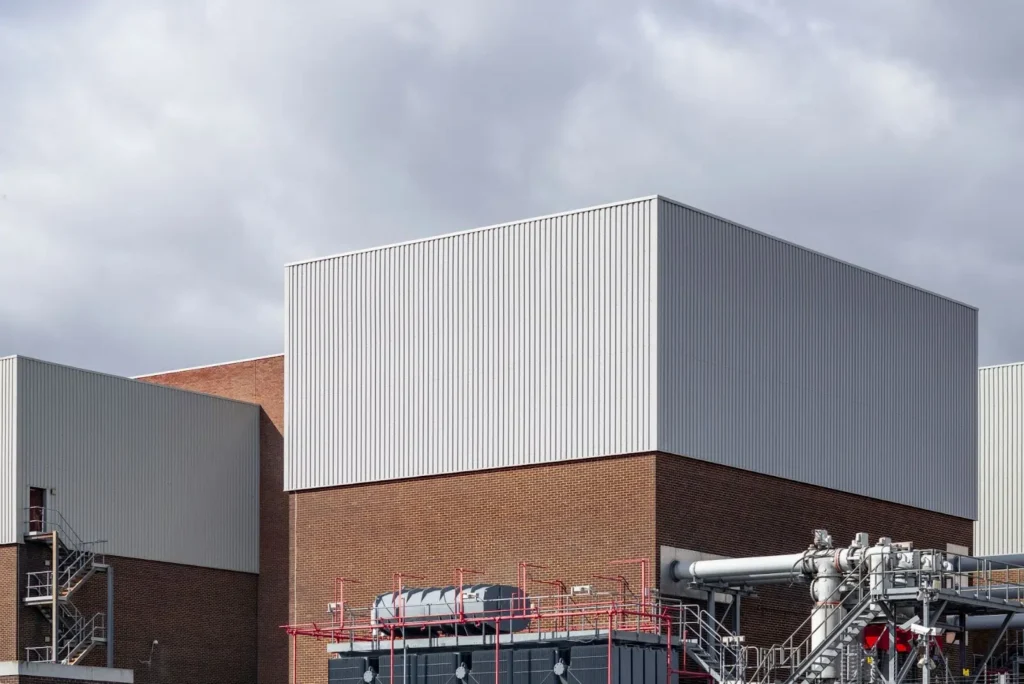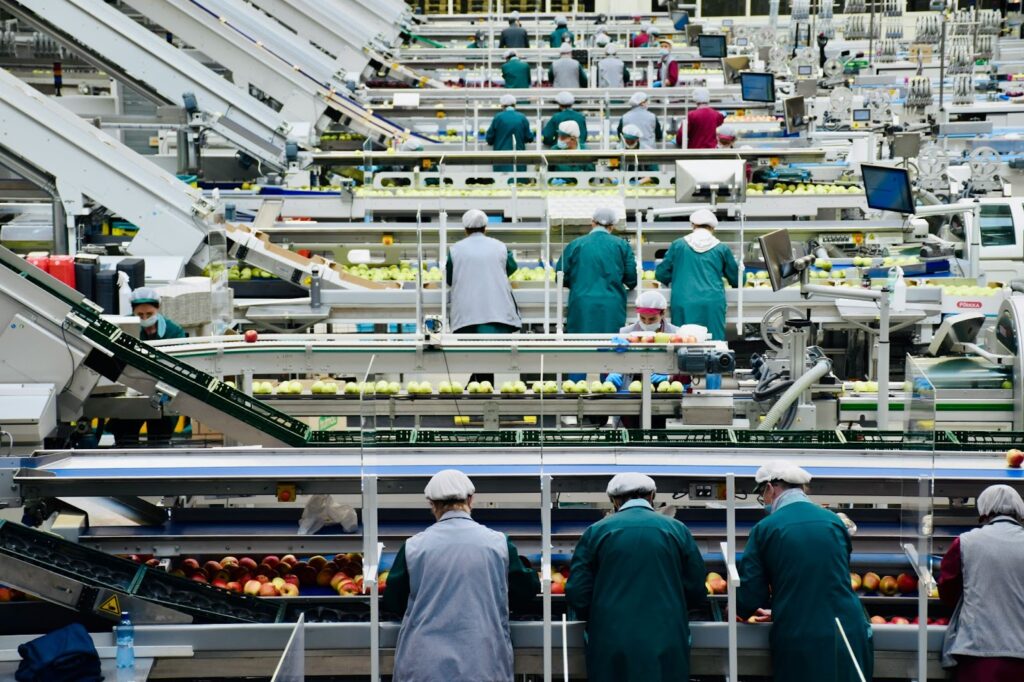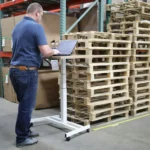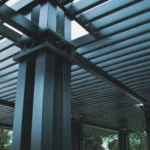What are the current trends in industrial building construction?
Current trends include a focus on sustainability, efficiency, and technology integration. This involves green building practices, modular construction, smart building technologies, robotics and automation, and a greater emphasis on safety and health.
Additionally, there’s a move towards flexible and adaptive design to meet evolving needs.
How does zoning affect industrial building construction?
Zoning laws significantly impact construction by dictating where these facilities can be located and influencing their design and operational requirements. Consulting with a zoning attorney or professional familiar with local regulations can help you navigate zoning guidelines effectively.
What is the lifespan of an industrial building?
The lifespan of an industrial steel building can vary significantly depending on factors such as the quality of construction, the materials used, maintenance practices, and environmental conditions. On average, these buildings can last between 30 and 50 years. However, it can last 50 to 100 years or more.
How long does it typically take to construct an industrial building?
The construction timeline for an industrial steel building is influenced by several factors, including the size, complexity, and location of the project. Steel buildings can typically be constructed more quickly than traditional buildings, with some projects being completed in just a few weeks.
What is the cost of building an industrial facility with steel?
The cost depends on several factors, such as its size, design complexity, and customization. A rough estimate for a basic building is approximately $17 to $20 per square foot for PEMB materials, $6 to $10 for building erection, and around $110 to $150 per square foot for total construction costs (materials and construction).
It’s important to note that this estimate can vary significantly depending on supply and demand dynamics, as well as other market factors.
Are steel industrial buildings environmentally friendly?
Yes. Steel is a recyclable material, and using pre-engineered components can reduce waste. Additionally, steel buildings can be designed with energy-efficient systems, insulation, and renewable energy sources to minimize their environmental footprint.











